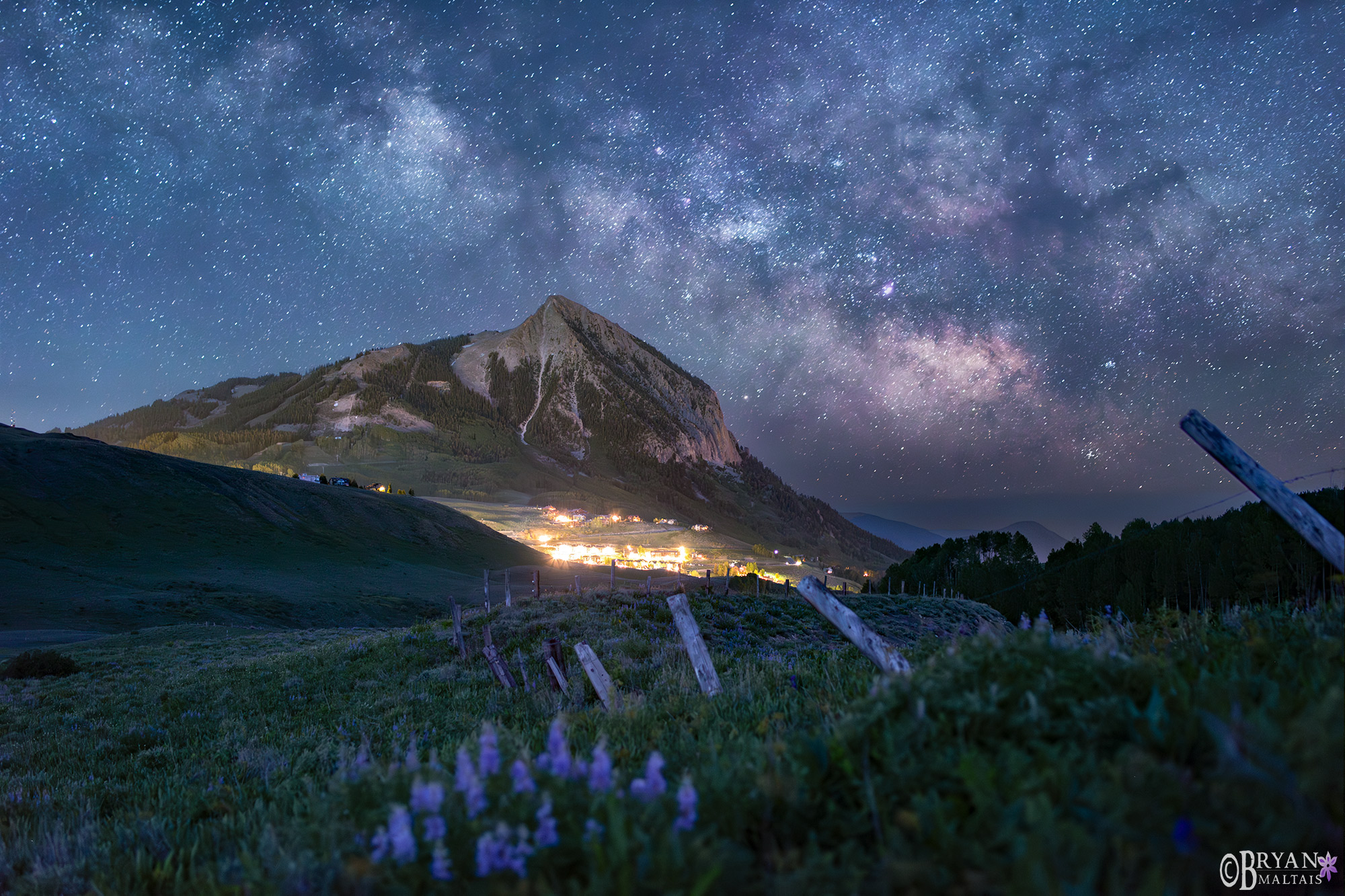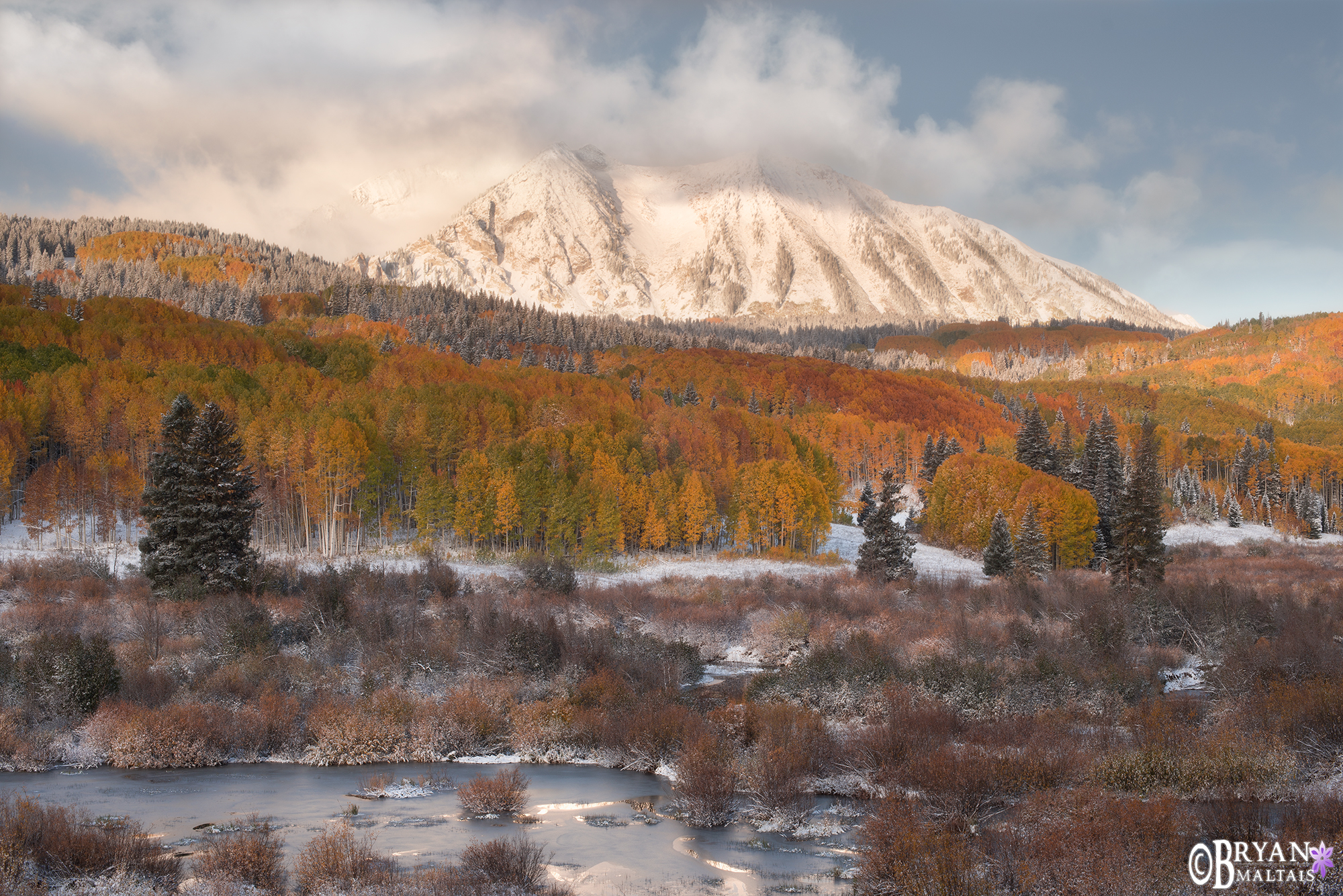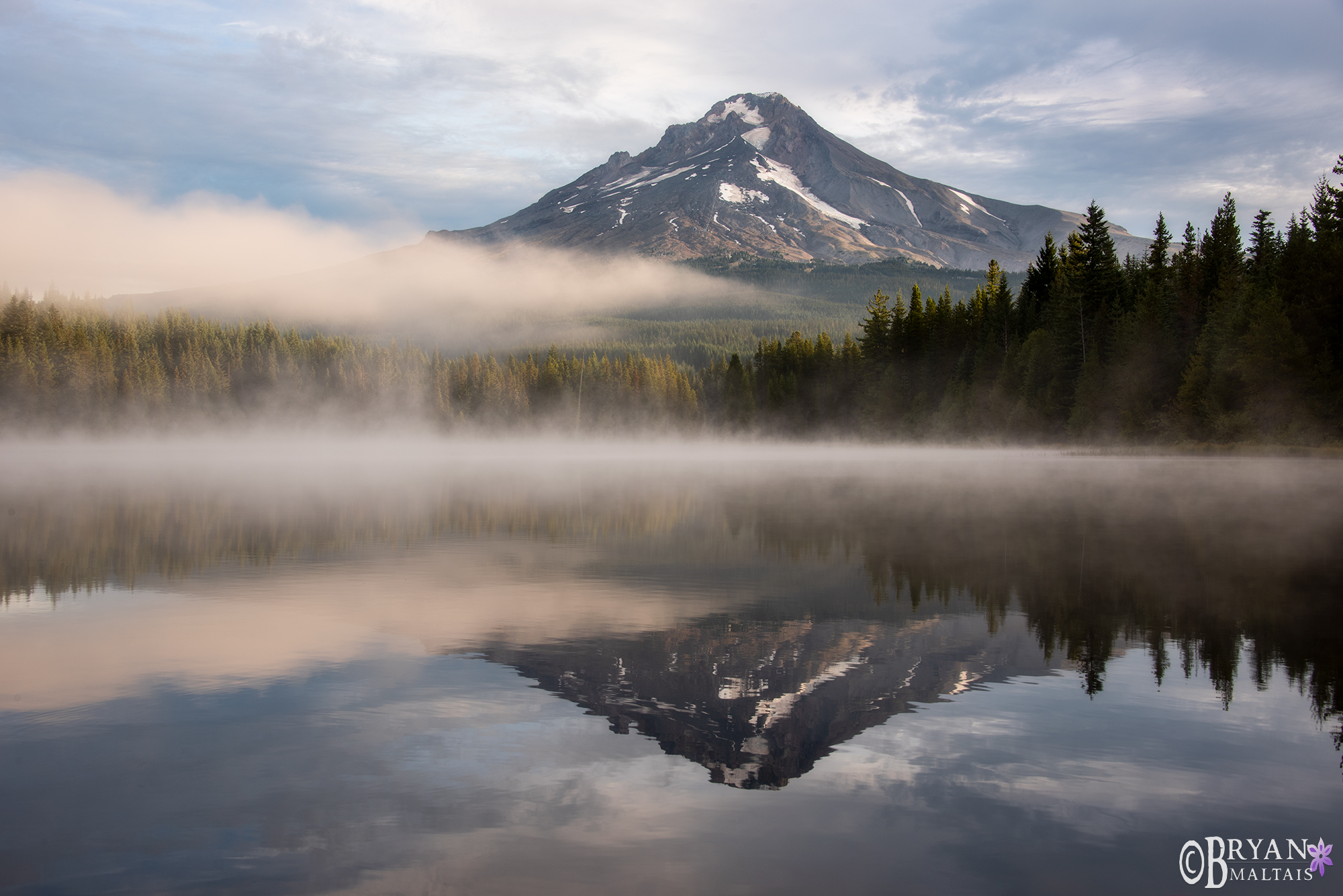
I pictured taking this photo a few years before I actually did. I had seen each individual element in real life at separate times. I previsualized them together and returned at the right time of year to capture them all in one composition.
What is Previsualization in Photography?
Previsualization is when you imagine the ideal composition before you’ve taken it and then set out to make it a reality. It’s a powerful tool that can measurably improve your photos. The term was coined and popularized by Ansel Adams who described it as the single most important tool in achieving impactful compositions. When employed on a regular basis, it can even build new neural pathways.
Previsualization isn’t unique to photography. In martial arts, they teach students to imagine submitting opponents using moves that they just learned. When students return to the gym after previsualizing moves, their proficiency is noticeably better without even having physically practiced. The same holds true for music, trades and most other disciplines.
How do you Previsualize?
In photography, previsualization is a process that begins with “discovery”. This is when you observe a scene with the naked eye (not through the camera) and take note of all the compositional elements within it. Next, you decide which meaningful elements to include and which distracting ones to omit. Arrange them in your mind to create a balanced scene. Finally, picture the composition in its full glory with the most brilliant light, clouds and ambient conditions that you can imagine. This process gives you an idealized blueprint of the scene to strive for. It can help you position yourself at the best vantage point, or inspire you to return to the scene when the conditions in your imagination align.
As a beginner, this process may take a few minutes of deliberation. Veteran photographers might not even realize that they previsulaize. For them, it’s easy to just roll up to a scene, take a quick glance and intuitively know the best way to frame it. That’s because years of unconsciously previsualizing has given them “the eye”.
East Beckwith Mountain, Crested Butte. I visit this spot almost every October, and each time imagine how it would look under the the most beautiful conditions possible. I inventoried my wish list of elements that would make it a brilliant scene; snow on the mountain, beautiful light, clouds rising off the peak and vibrant fall colors. Having this composition in my mind was like a rehearsal for when the shot materialized.
Don’t skip Previsualization
It’s natural to want to compose straight through the camera, but there are pitfalls to skipping previsualization. It can cause you to see what is and not what could be. This risks capturing an undifferentiated snapshot rather than a rousing work of art. It’s harder to connect with the scene emotionally when you don’t first stop to absorb its magnitude through your senses. It’s also too easy to miss small details concealed withing the scene when just composing through a little display. I’ve often reviewed images after returning from a hard photo shoot only to realize than I missed something or could have composed it better.
Previsualization as a planning Tool
Previsualizing is also a great planning tool that can save setup time if you have prior knowledge of a scene. Gathering online data from photo apps or Google Earth allows you to arrange the composition in your mind and arrive with a basic idea of where you want to position your camera.
In its most abstract form, you can previsualize ideal compositions that don’t even exist by picturing the most beautiful composition that your imagination can muster. What elements would it include and how would the clouds and light appear? Though it may sound ethereal, this practice will make it easier for you to recognize balanced compositions and ideal conditions the moment you see them.
 Previsualization is for all Photographers
Previsualization is for all Photographers
Though I speak as a nature photographer, previsualizing is a tool for every genre of photography. In portraiture for example, it can help you recognize when you’ve captured the emotion in the model that conveys the occasion. It can also help inform flash placement for the best use of shadows, and positioning to capture the best bokeh. The examples are endless.


 Previsualization is for all Photographers
Previsualization is for all Photographers